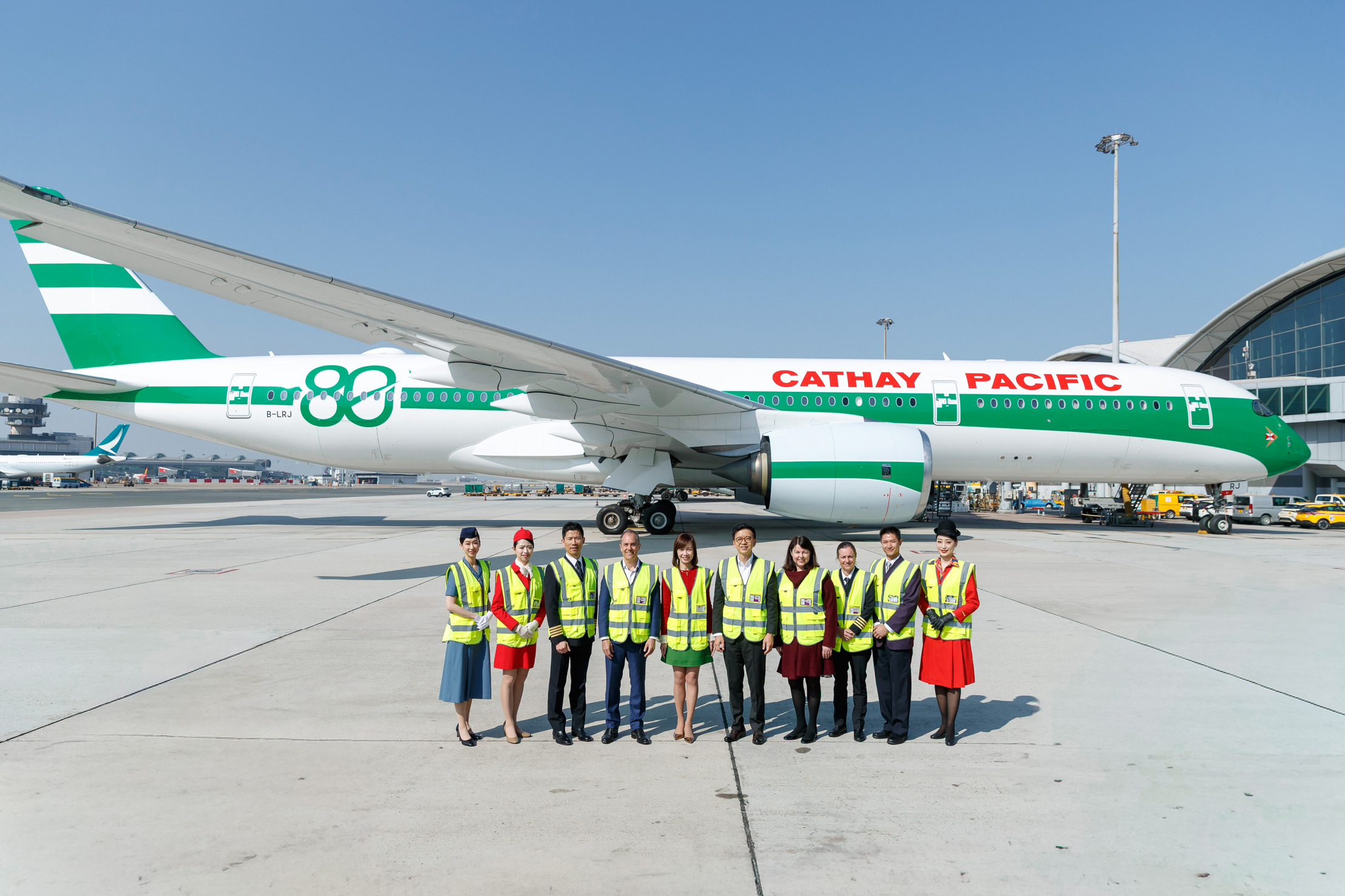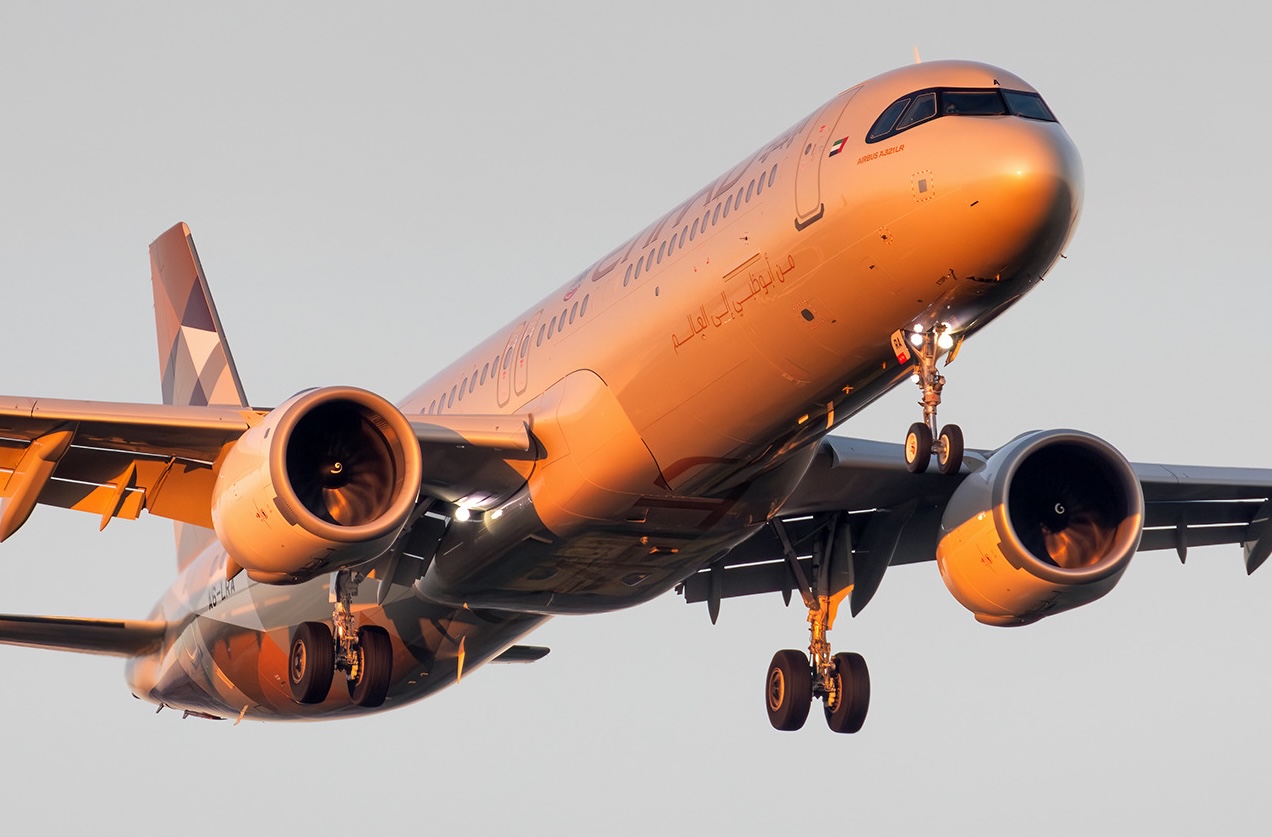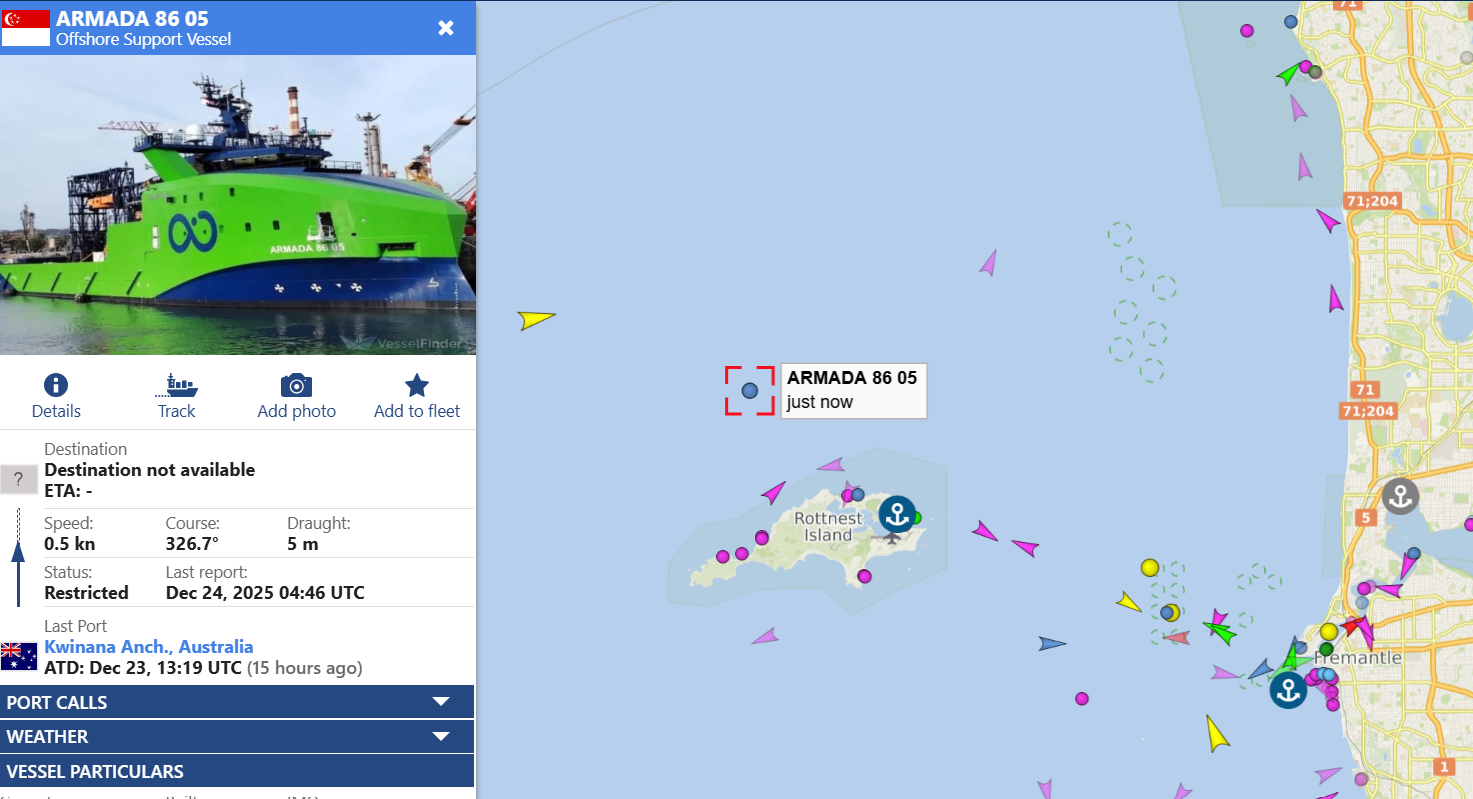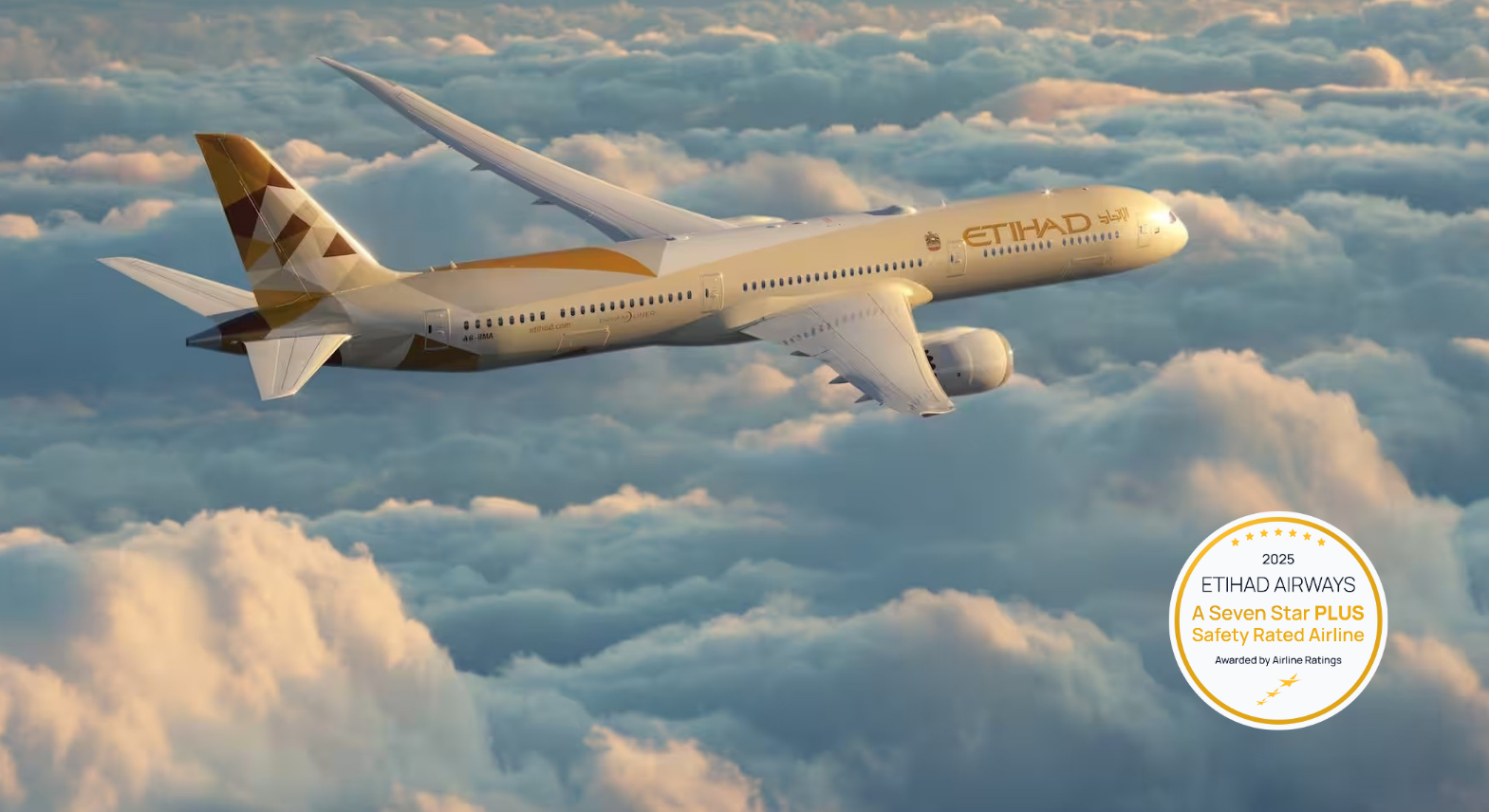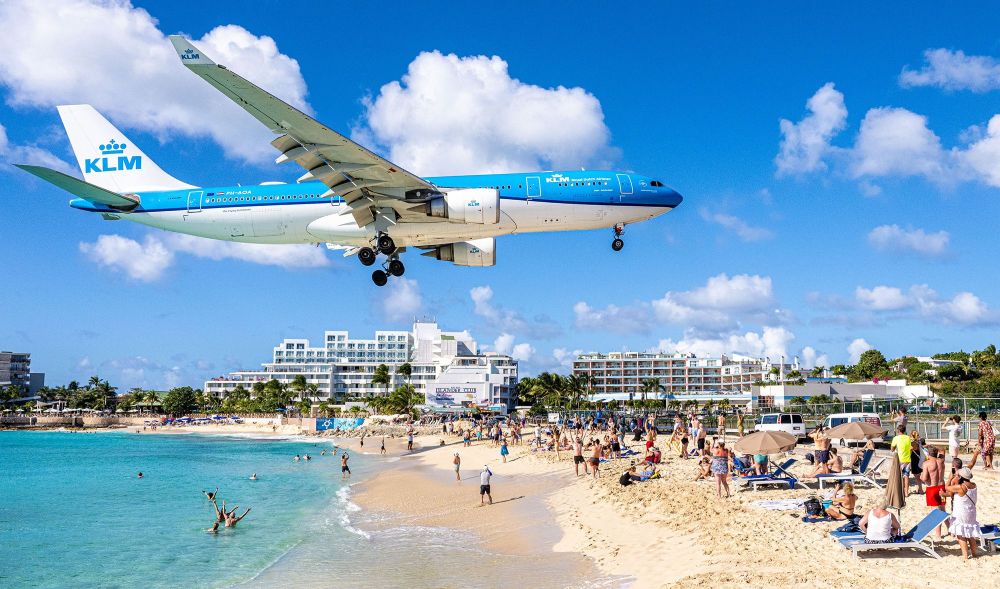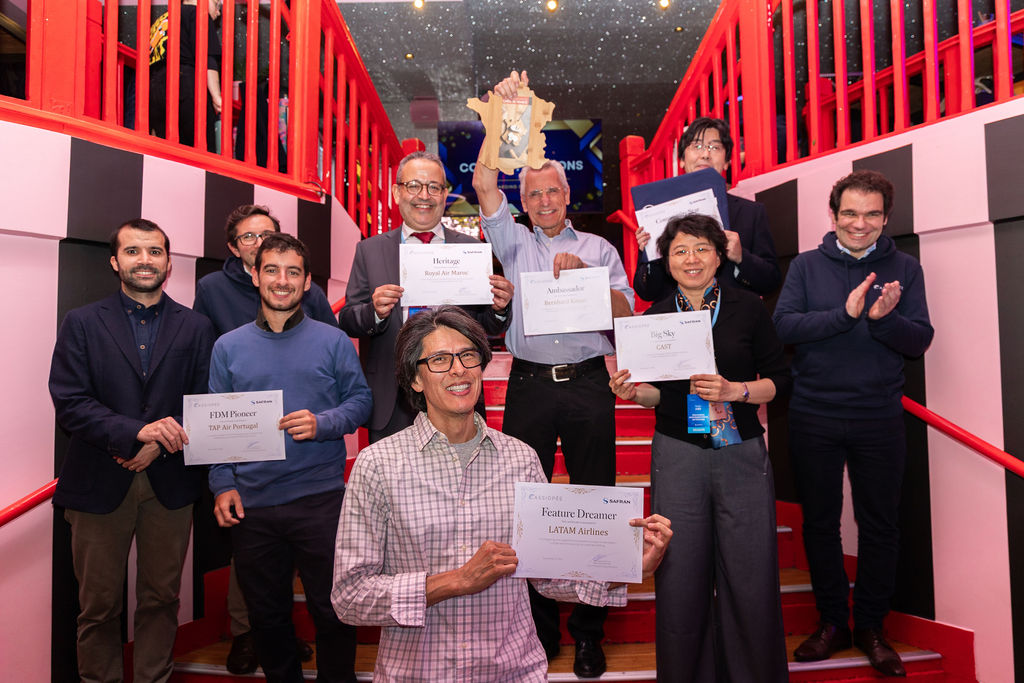
By Geoffrey Thomas
Published Wed Sep 11 2024
In the golden age of flying in-flight entertainment was very different from today.
JOIN: AirlineRatings.com YouTube Channel
GET: Accurate MH370 Information From AirlineRatings.com Newsletter
During the 1950s and 60s in-flight entertainment or "IFE" as we know it today was in its infancy and rudimentary. Although the first film was shown on an aircraft in 1921 it wasn’t until the 1960s that IFE - movies - became mainstream.
In 1961, David Flexer of Inflight Motion Pictures developed the 16mm film system for commercial aircraft.
So, let’s take a peek back through the archives of AirlineRatings.com to reveal what travellers did to amuse themselves on those long flights in the 1950s and 60s.
The most popular form of entertainment was, of course, reading – a good thriller, a romance or just catching up with the news in a newspaper, because don’t forget there was no internet, FB or Twitter via WiFi.
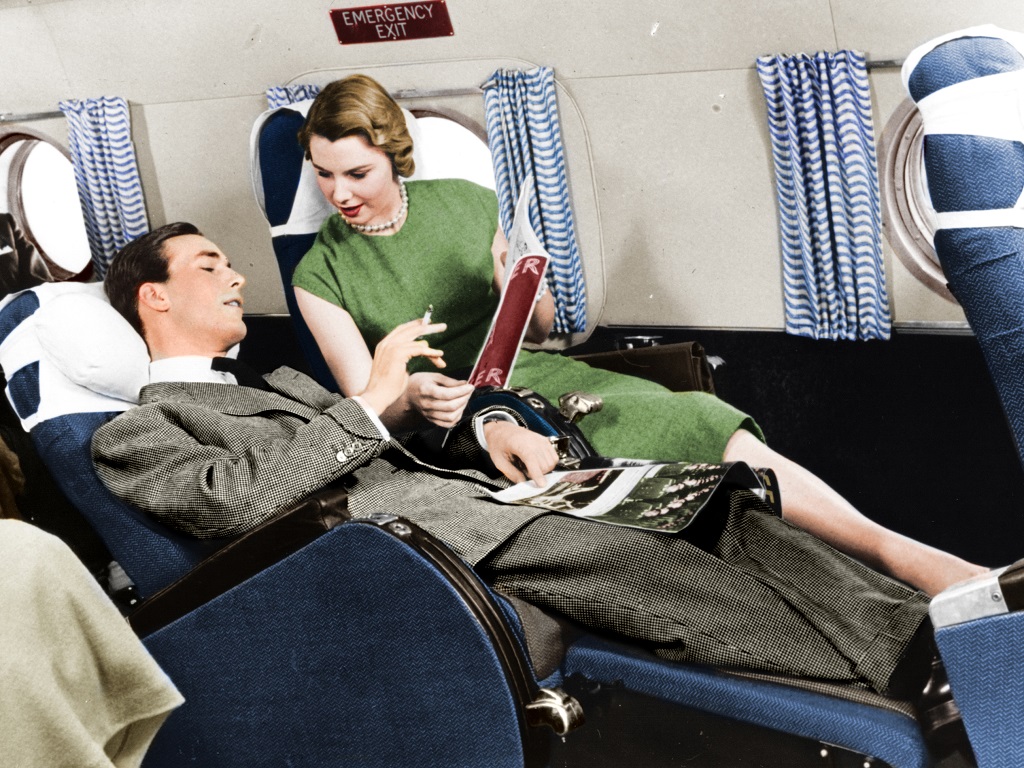
Passengers on a Lockheed Constellation of BOAC (now British Airways) enjoy some magazines. Geoffrey Thomas Collection colorized by Benoit Vienne
When you weren’t reading, mealtime was a grand affair even in economy.
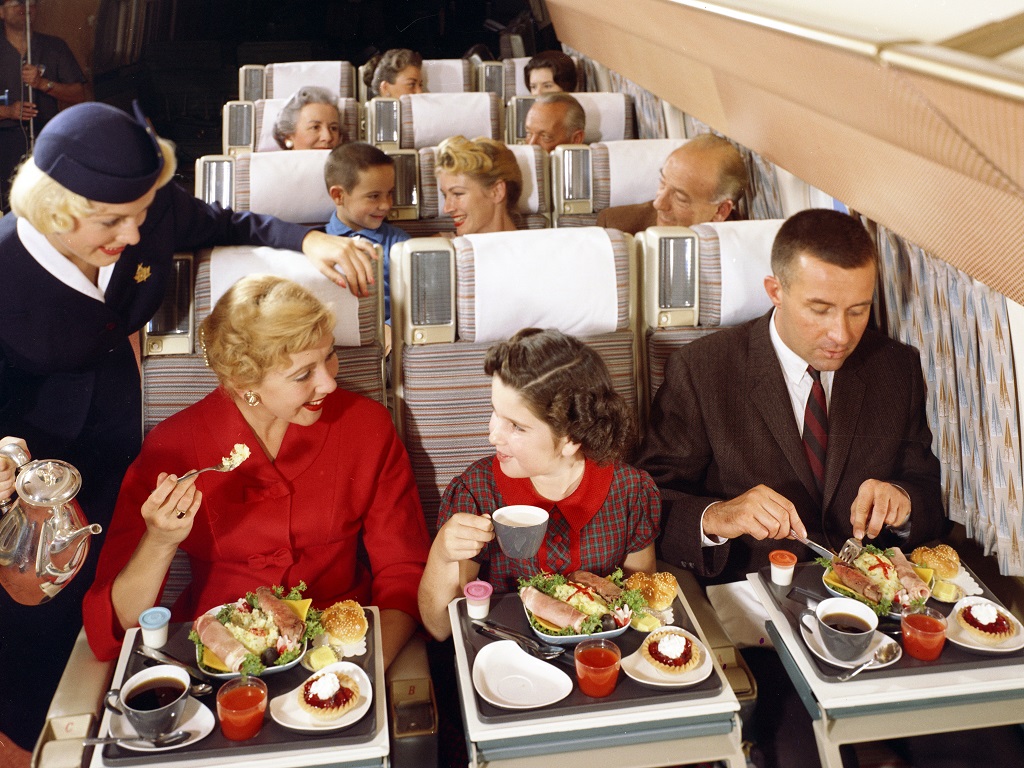
Passengers on a DC-8 enjoy an economy meal. Boeing Historical Archives
For those in First Class, the meal was preceded by drinks in the lounge.
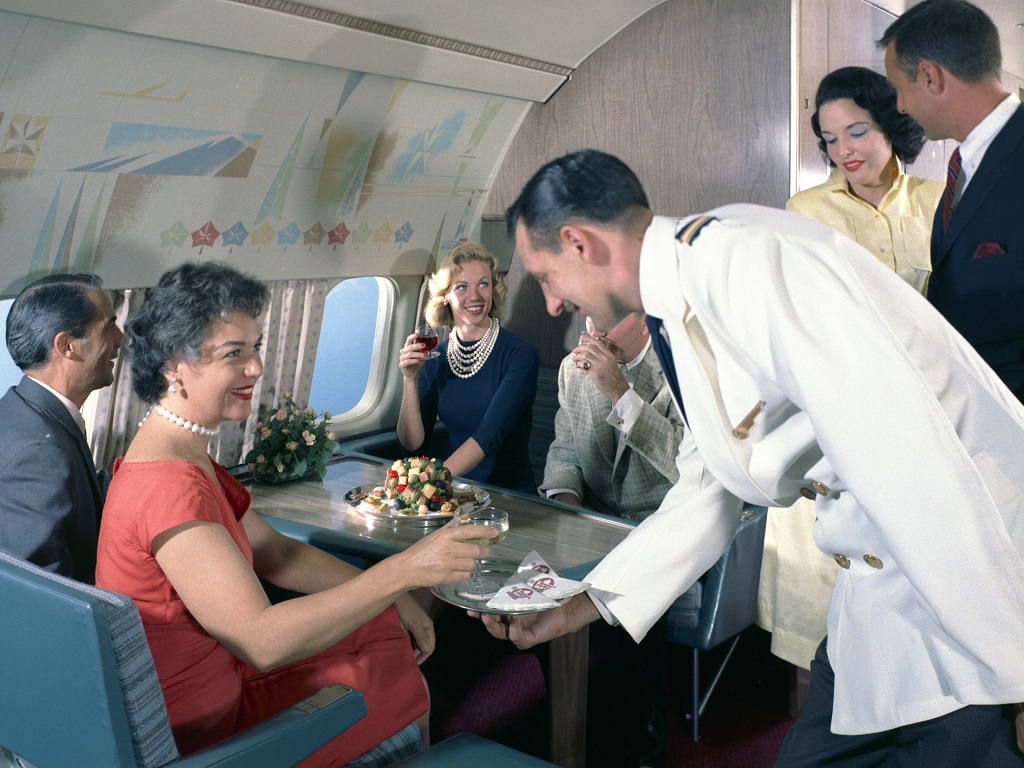
Passengers on a Trans Canada Airlines DC-8 have pre-dinner drinks in the lounge
Dinner was a multi-course affair served more often by stewards in a white coat and back tie no less – and at your table.
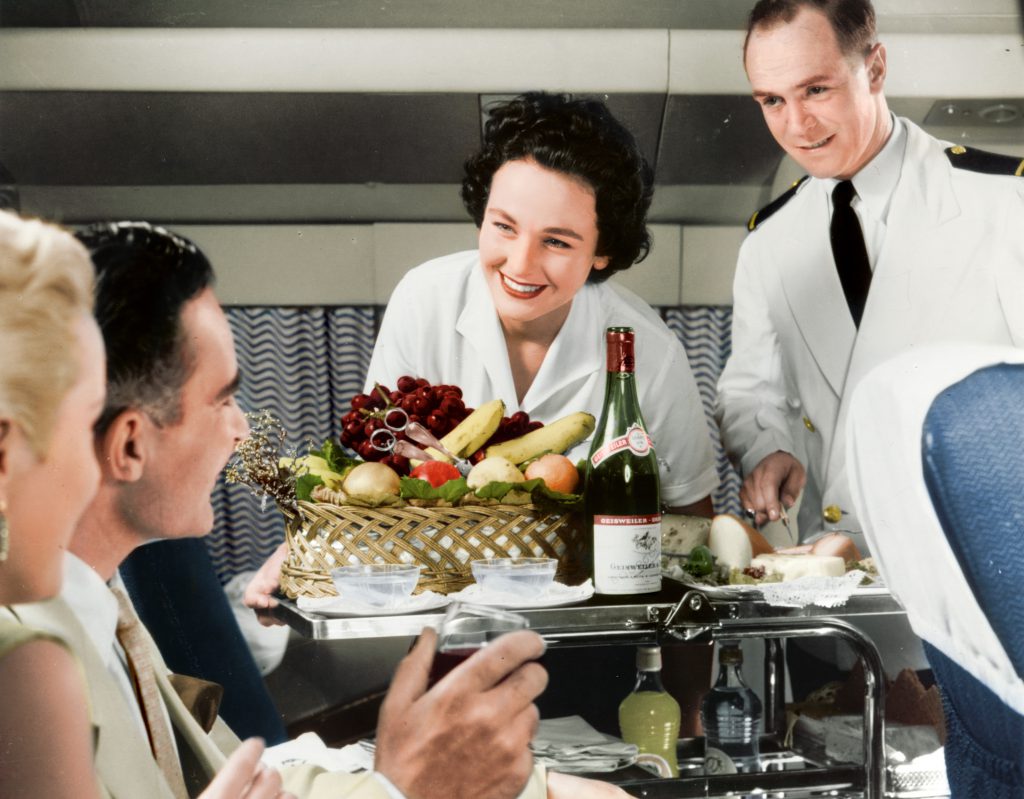
Passengers are served a multi-course dinner. Geoffrey Thomas Collection / Colorized by Benoit Vienne
After dinner or lunch, you might retire again to the lounge and meet the captain who would do the rounds. It was great PR to calm nervous flyers for passengers to chat with a multi-striped veteran who had experience etched in his rugged good looks.
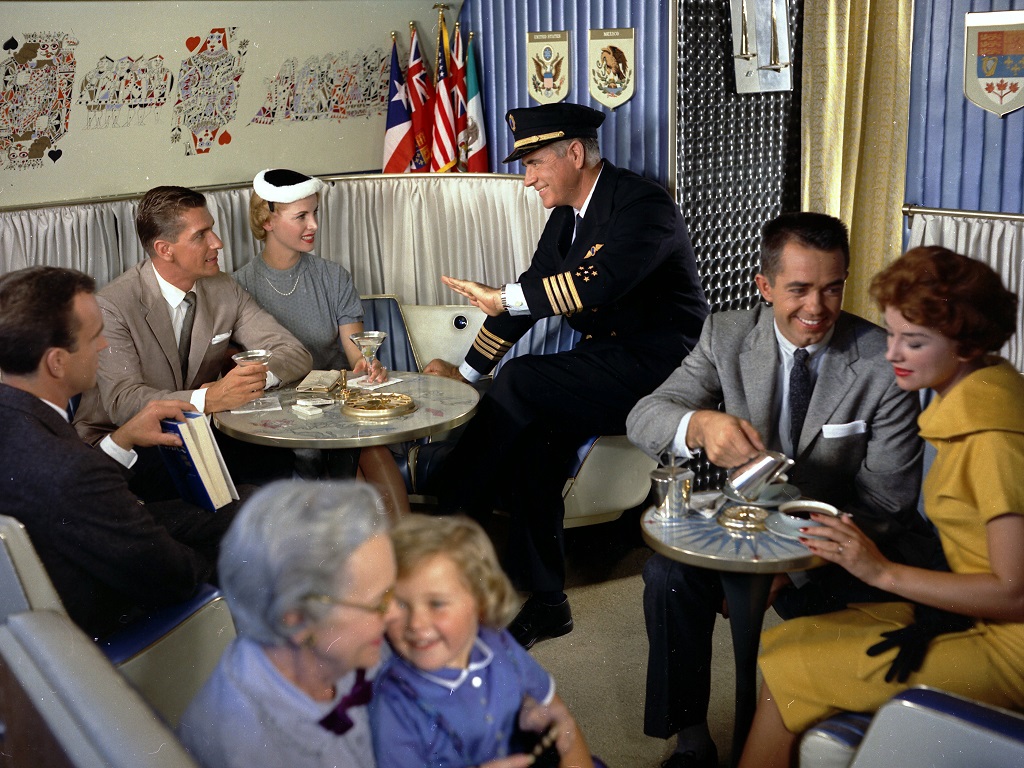
After dinner, passengers could retire to the lounge to discuss the trip with the captain. In the 50s and 60s the flight crews were encouraged to mingle with the passengers. Boeing Historical Archives
For those in economy perhaps a game of drafts with mum and dad.
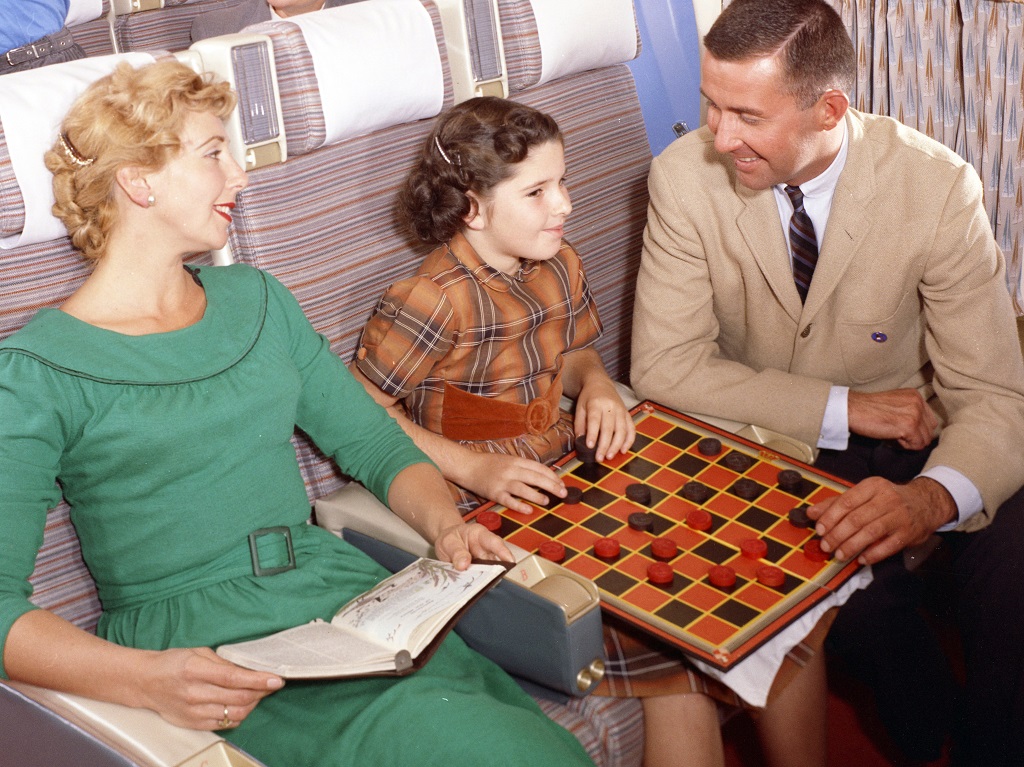
Passengers often used board games, like drafts, to entertain themselves. Geoffrey Thomas Collection
Playing cards was also popular and airlines would issue them with logos, or pictures of planes or destinations that they flew.
When you weren’t playing cards you could use them to build a house. This was a popular PR shot to illustrate how smooth jet travel was compared to the piston-engine aircraft they replaced.
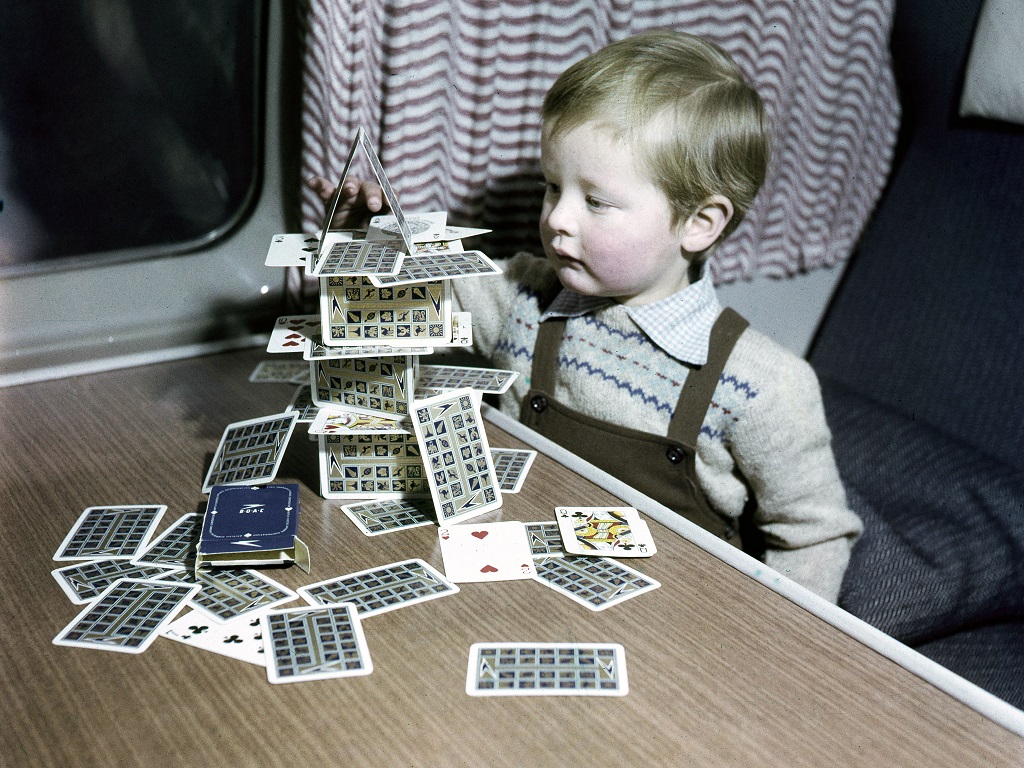
Building a house of cards was a great way to show how smooth jet air travel was. Geoffrey Thomas Collection.
Flight crew were always on the lookout for junior flyers and would explain the route the aircraft was taking.
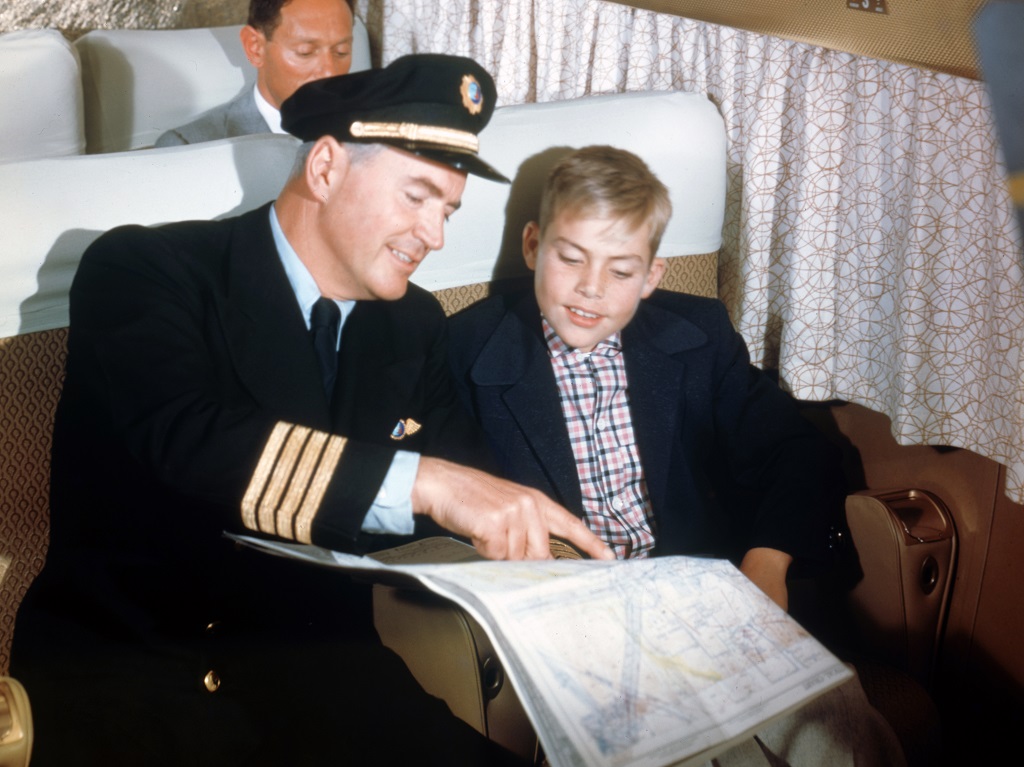
Flight crews were encouraged to talk with young flyers. Geoffrey Thomas Collection
Millions of young flyers signed up for the various Junior Flyers clubs which came with log books of their travels and pilots would oblige and fill in the details of the flight.
Another way to illustrate how smooth jet travel was compared to the piston-engine era was to balance matches.
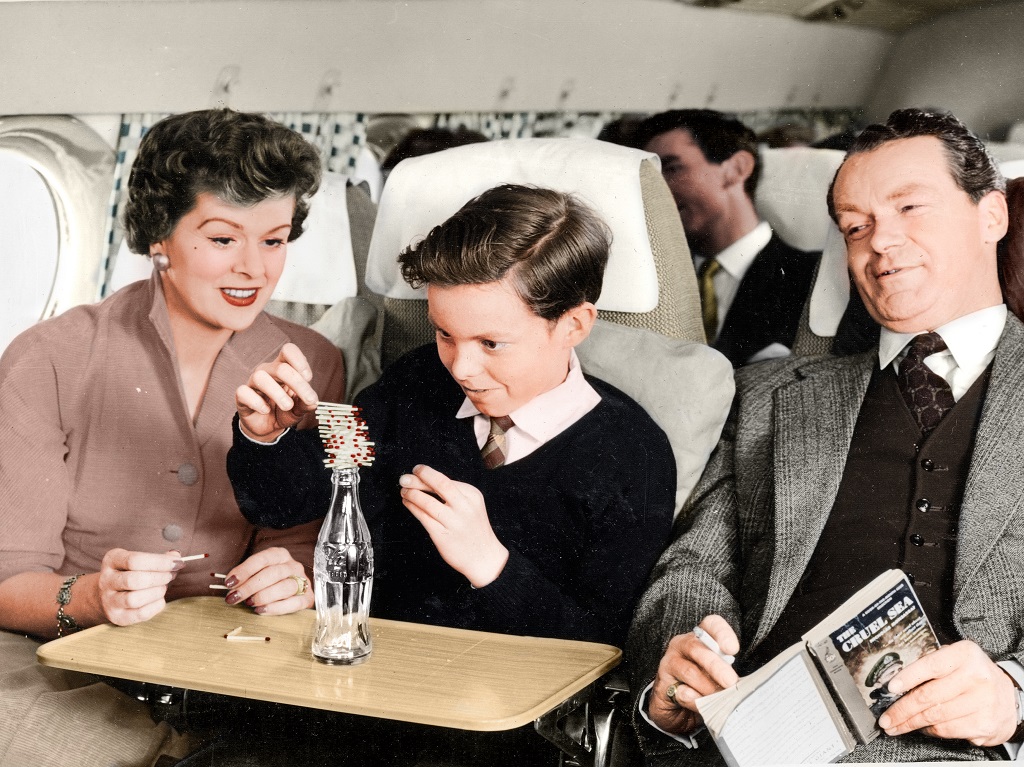
Airline PR staff were quick to use photos to illustrate how smooth jet travel was. Geoffrey Thomas Collection / Colorized by Benoit Vienne
Afternoon tea was a grand affair with full silver service with a collection of sweets and pastries that would tempt even the most resilient weight watcher.
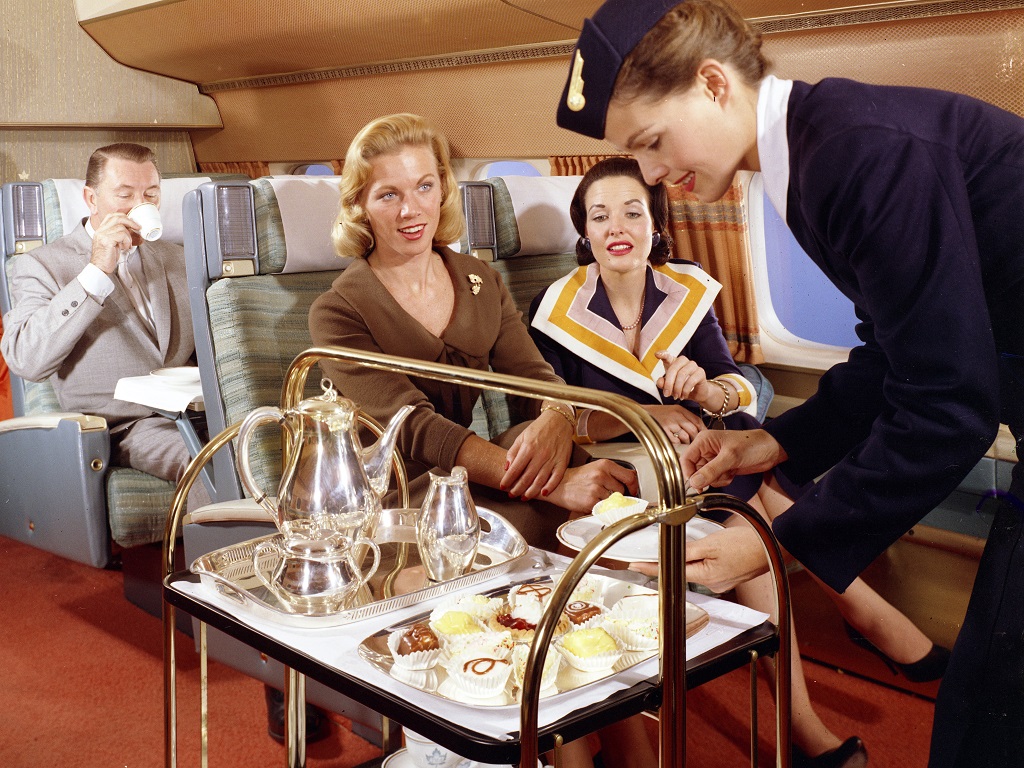
Afternoon tea was a grand affair and another way to waste some time on a long flight. Boeing Historical Archives
Many business people travelled with staff to take notes and type letters on the journey.
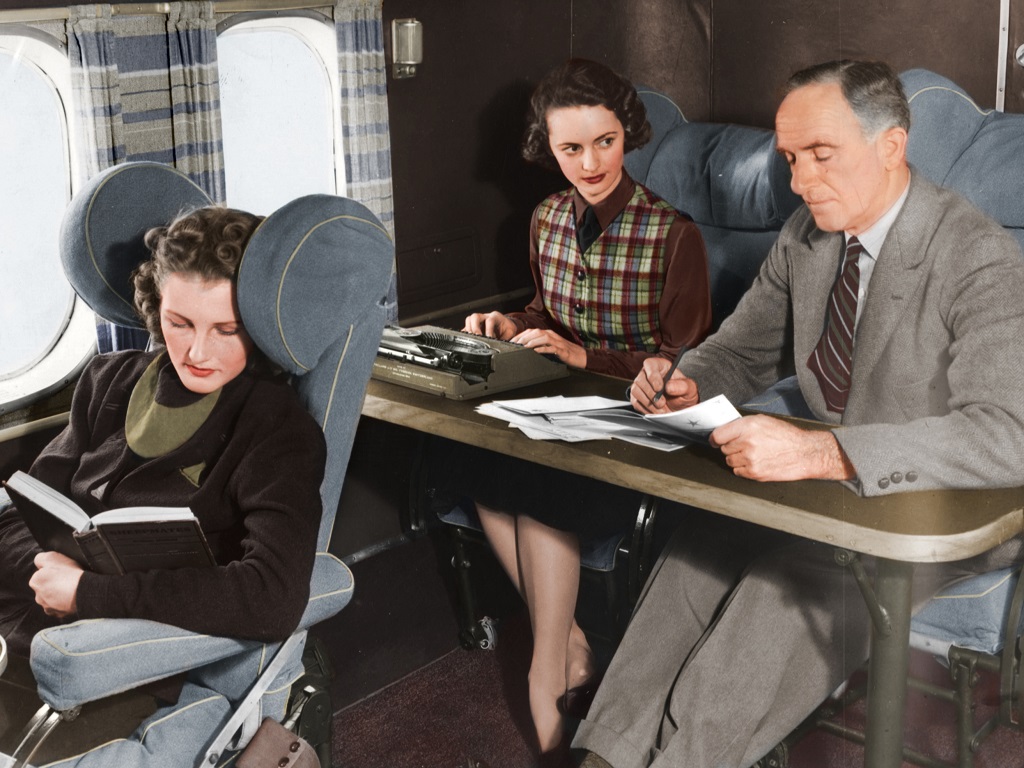
Many business people took along their secretaries to type letters on the journey. Geoffrey Thomas Collection / Colorized by Benoit Vienne
Ladies would take their knitting on flights but today knitting needles are banned.
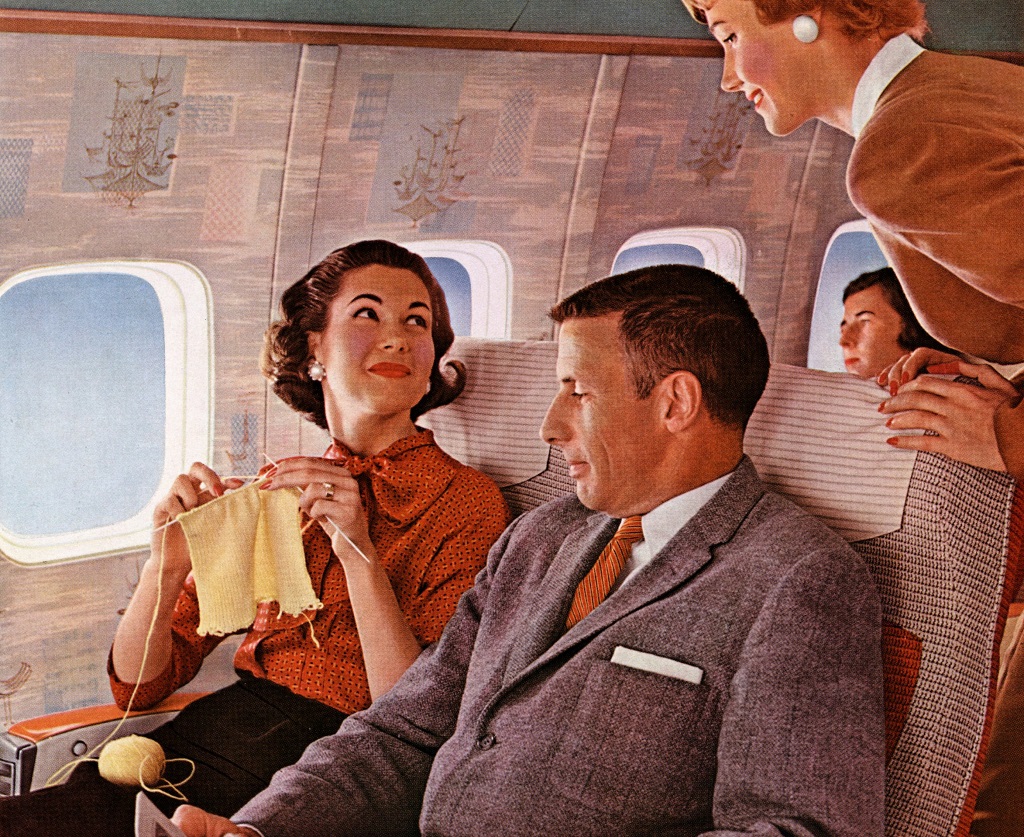
Ladies would often spend their time knitting. Boeing Historical Archives.
While other mothers would read to their children.
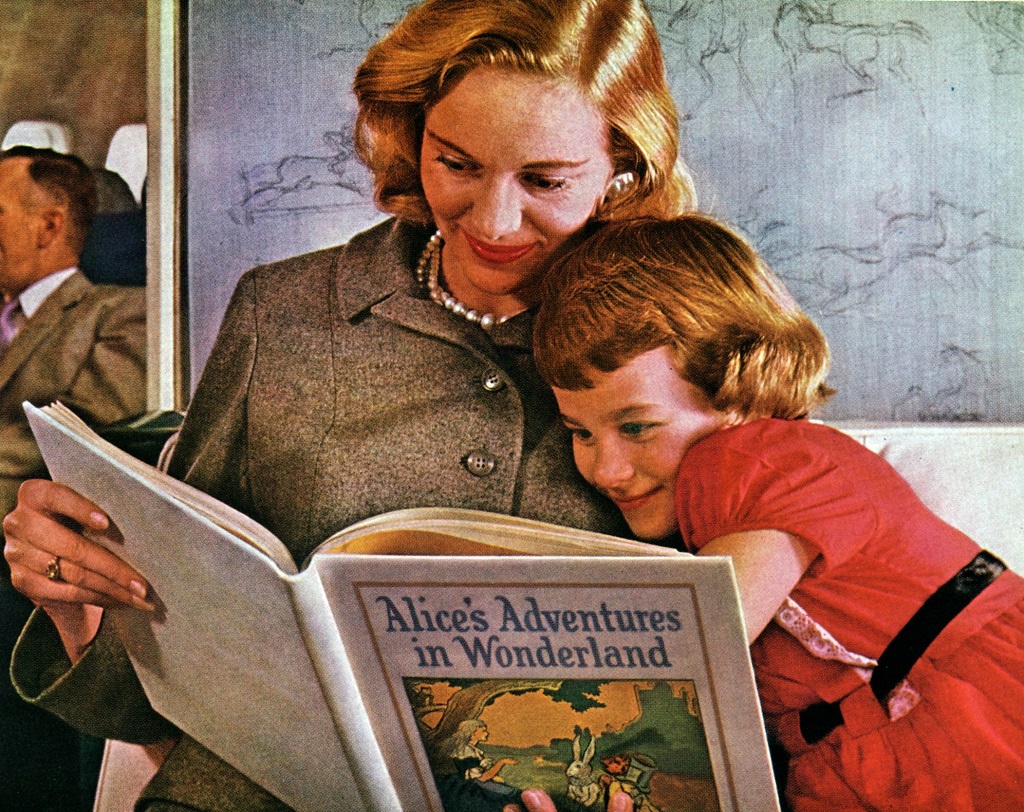
Many mothers would read to their children. Boeing Historical Archives
Have questions or want to share your thoughts?
Get In Touch
